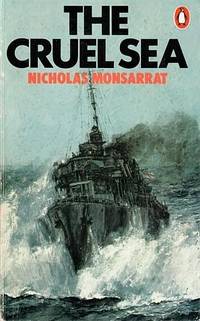Rohde, Joy. 2013. Armed with Expertise: The Militarization of American Social Research During the Cold War. Ithaca & London: Cornell University Press.
In this work, Joy Rohde begins discussing a relatively new tool in the military arsenal called the Human Terrain System (HTS). Essentially, HTS includes social scientists who are familiar with local social factors in war zones who advise in-field troops and commanders. Rohde begins discussing it’s use in the Iraq and Afghanistan wars. Another example of HTS researchers Rohde discusses are those “behind the front lines in the War on Terror” (Rohde 2013, 1). She notes how one of the goals of HTS participants is to encourage soldiers to “see the world through the eyes of the people affected” so perhaps they could somewhat “demilitarize the military” (Ibid.). As it turns out, many critics of HTS argue the opposite. This approach, some social scientists point out, is militarizing the researchers instead.
The military funded much of this research through the Special Operations Research Office (SORO) created by the Office of the Chief of Psychological Warfare. After setting up this tension and noting some of the major participants, Rohde goes on to offer a historical view of the roots of psychological warfare research dating back to the 1950s and 1960s during the height of the Cold War between the United States and Western allies in conflict with the Soviet Union and it’s sphere of influence.
Among other conclusions, Joy Rohde asserts that “much of the critical focus on contracting for the post-9/11 environment focuses on the dangers of privatization, not on those of militarization” (Rohde 2013, 155). Perhaps the same could be said about the military itself. Rohde notes that if it’s true that Americans are “devoted to their image of the nation as a global superpower” (Rohde 2013, 156), then militarization of social research will “last as long as Americans continue to measure their national greatness by their global might” (Ibid.).










 RSS Feed
RSS Feed